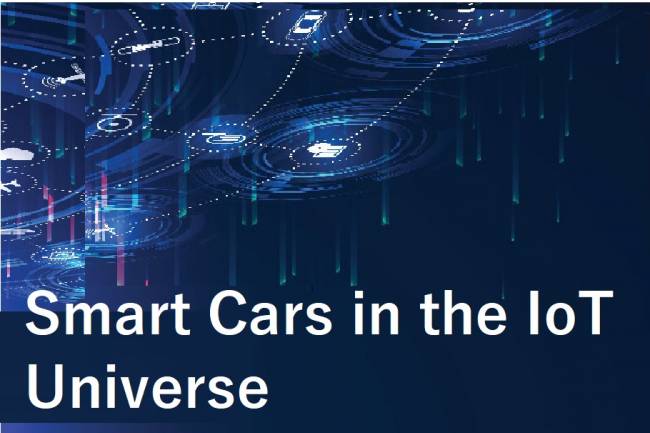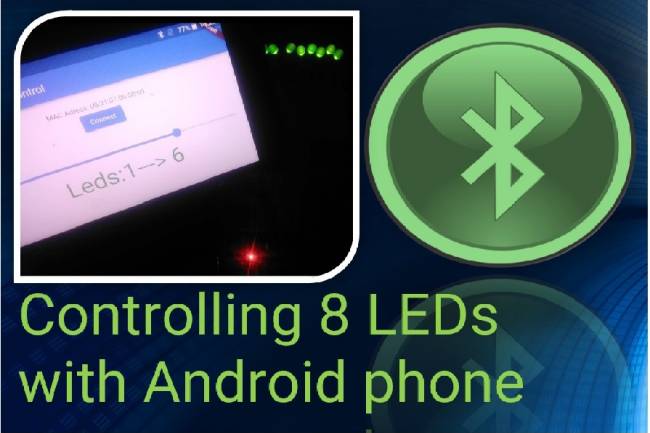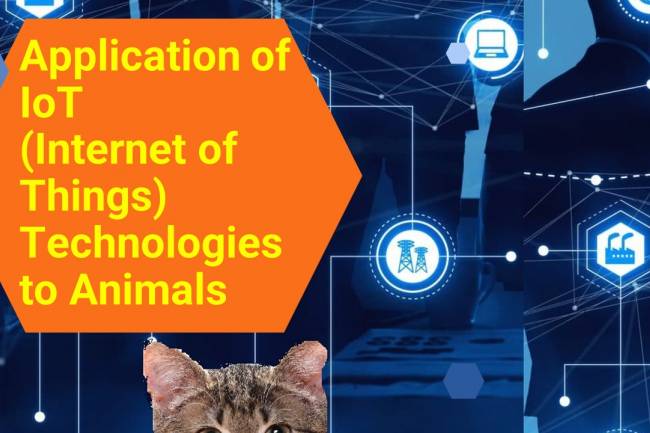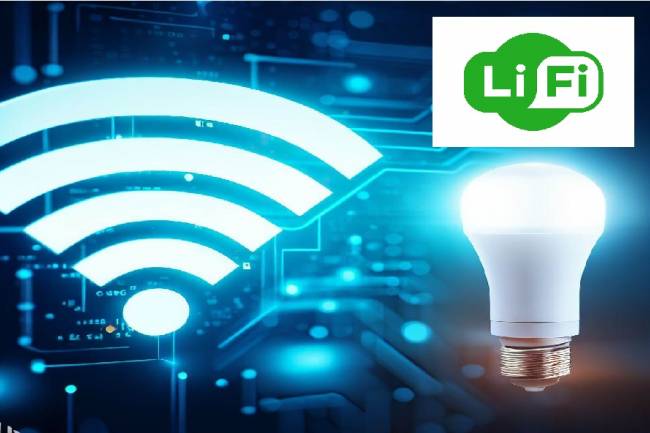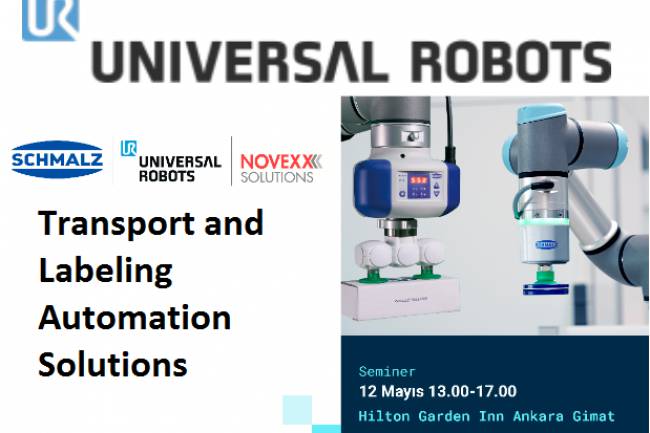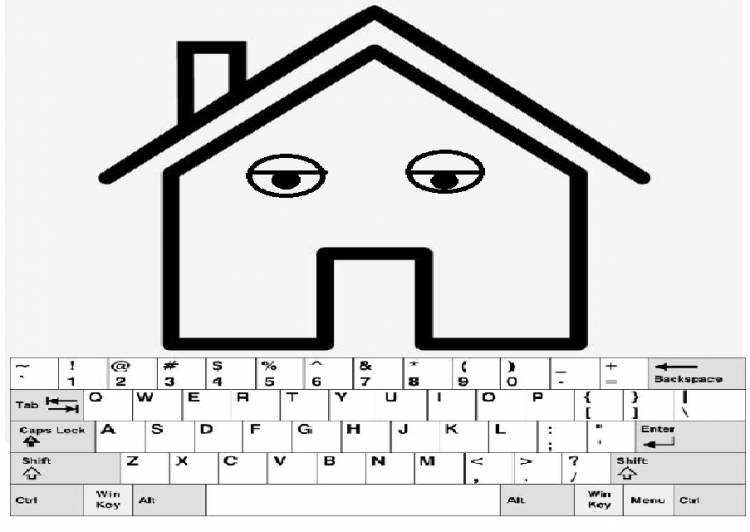
Smart Homes Can Be Smarter Than Us.
We remember the circuit that works with the PIR detector and lights the lamp. The auto-lit lamp worked as a simple yet effective burglar alarm. When we installed the same system inside a building, it worked as an apartment vending machine and illuminated the stairs.
If we make this circuit that works automatically with a PIR detector with a camera and a controller connects it to a computer with software, it can also analyze human faces and even greet you. If we are in the apartment, a hologram is also formed as we move to our apartment, he may ask how our day was.
The short fiction we mentioned above also tries to explain how the concept of smart home can quickly enter our lives. How the word “automatic” turns into the word “intelligent” and continues to evolve, gives an indication of that as well.
Even more advanced “smart” environment-home-workplace ideas actually existed from much earlier times. The rapid progress of chip technology, as well as software technologies, provides an important support for us to develop our smart home-workplace ideas.
The first things that come to mind when talking about a smart home are:
A video-touch panel, Communication protocols, sensors and transducers, control elements, software.
In other words, a smart home system produced by any company is structurally similar to a smart home system of another company and consists of similar elements. Since the basic components of the smart home system can be produced modularly and combined with lego logic, the diameter of the smart home system can also be expanded in line with the customer's request.
The key components of smart home systems can coalesce around a standard. But since the concept of Home programming has also emerged, there may not be common standards in smart home software written for a home. We may encounter smart homes that work well at different levels, as their core components are common but their manageability depends on a software. At this point, we can understand that it is customer feedback that drives the development of the so-called “smartest home” concept.
It will be possible for the customer with a smart home to program his own home. It will be possible not to choose certain options from a multi-option system, but to create new options for the customer, thanks to software and basic smart home modules.



